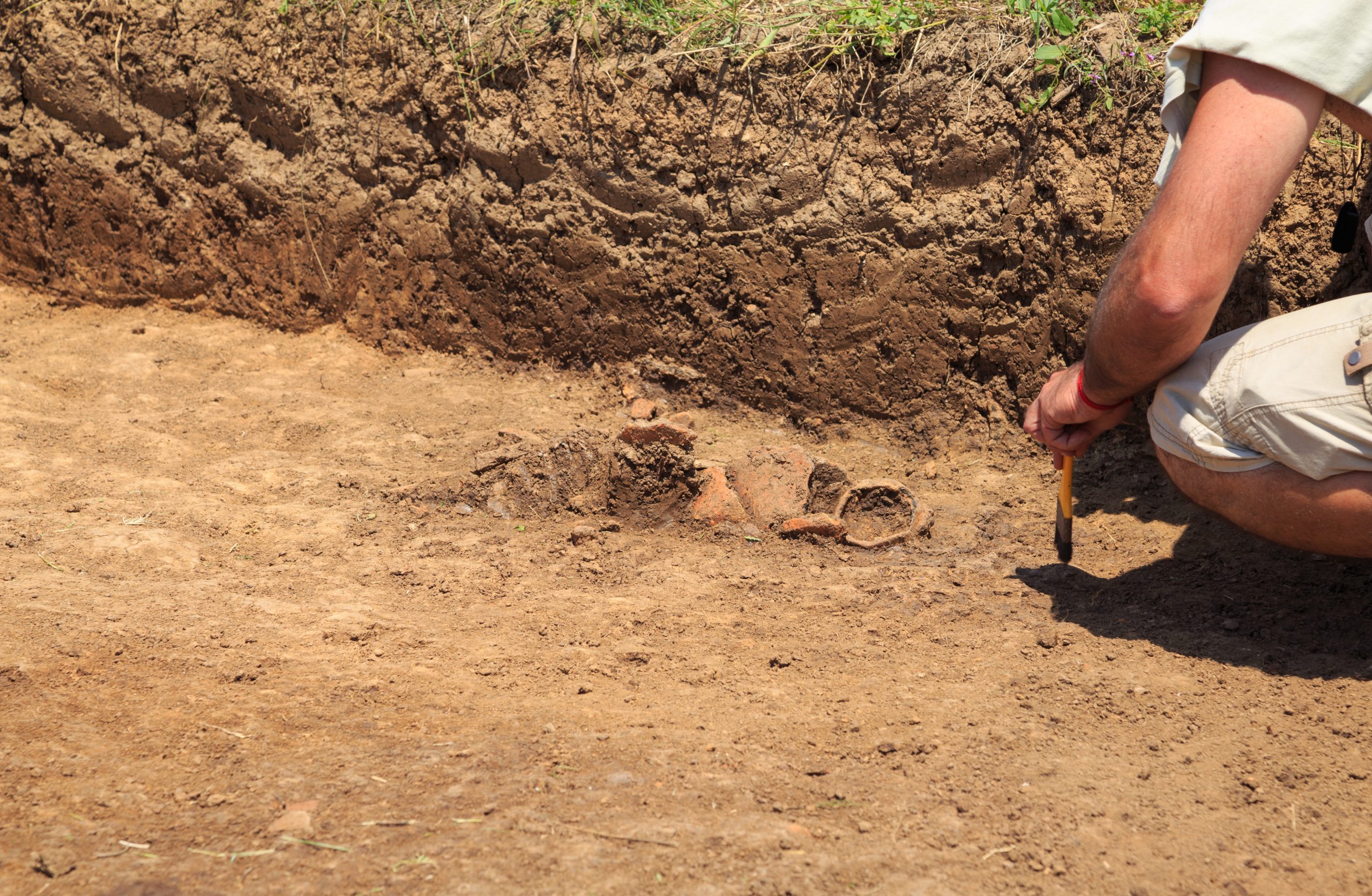Honeybees Have Been Around for How Long?!
November 21, 2015
Sites Show Honeybee and Human Relationship in Ancient Times
Many people enjoy honey on their morning toast or in a nice warm cup of tea and recent years have seen the popularity of honey grow by leaps and bounds. Most grocery stores receive their honey from beekeepers and farmers that are located throughout the world – while these individuals harvest honey, it is truly the hard work of honeybees that helps put this sticky sweet substance on our tables.
A hive of bees works as a single unit, working toward a single goal of collect nectar from different flowers and plants and using it to create the delicious substance of honey. While honey harvesting may seem like a very modern practice, the relationship between the honeybee and humans and the practice of harvesting and using honey can be linked back as far as almost nine thousand years.
According to an article posted on stgist.com, new research being done by the University of Bristol on Neolithic archaeological sites is offering new evidence that human kind has been exploiting the honeybee for thousands and thousands of years. The group of scientists claimed in a published article in the journal “Nature” that they have discovered small amounts of beeswax in Neolithic pottery.
These relics are located in Europe and the Middle East, where some of the first farmers of the world could be found. The group believes that the ancient people were using honey in religious ceremonies, to sweeten food, and as a medical remedy. Beeswax has been found in 9,000-year-old pot from Turkey, as well as Neolithic pottery from Algeria, Denmark, and the southern region of the United Kingdom.
While finding this beeswax may lead individuals to believe that these ancient people were “farming” honey, that is not necessarily the case. While ancient groups were not practicing beekeeping, they were likely exploiting the contents of bee hives whenever they would find them out in the wild. What began as simple collection of beeswax has grown into the modern, and profitable, practice of beekeeping.
Today, professionals, novices and hobbyists farm honey and the practice of beekeeping can actually become a profitable business. Newer, “trendy” honeys like Manuka Honey are very high in demand and consumers are willing to pay the very high price of upwards of $50 a jar to obtain it. Although the honey industry is booming, the threat of decreasing honeybee populations is always looming.


.jpg)



